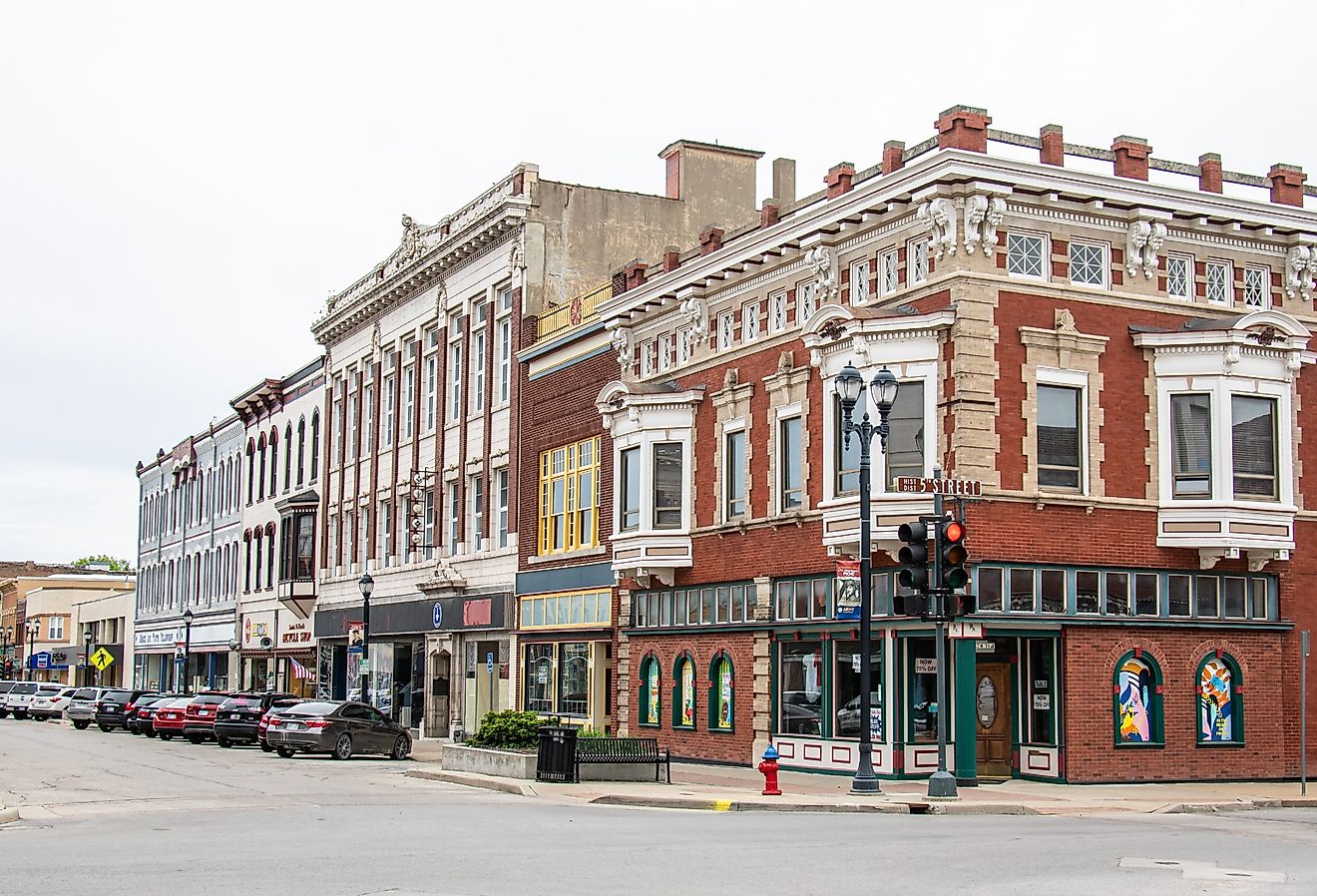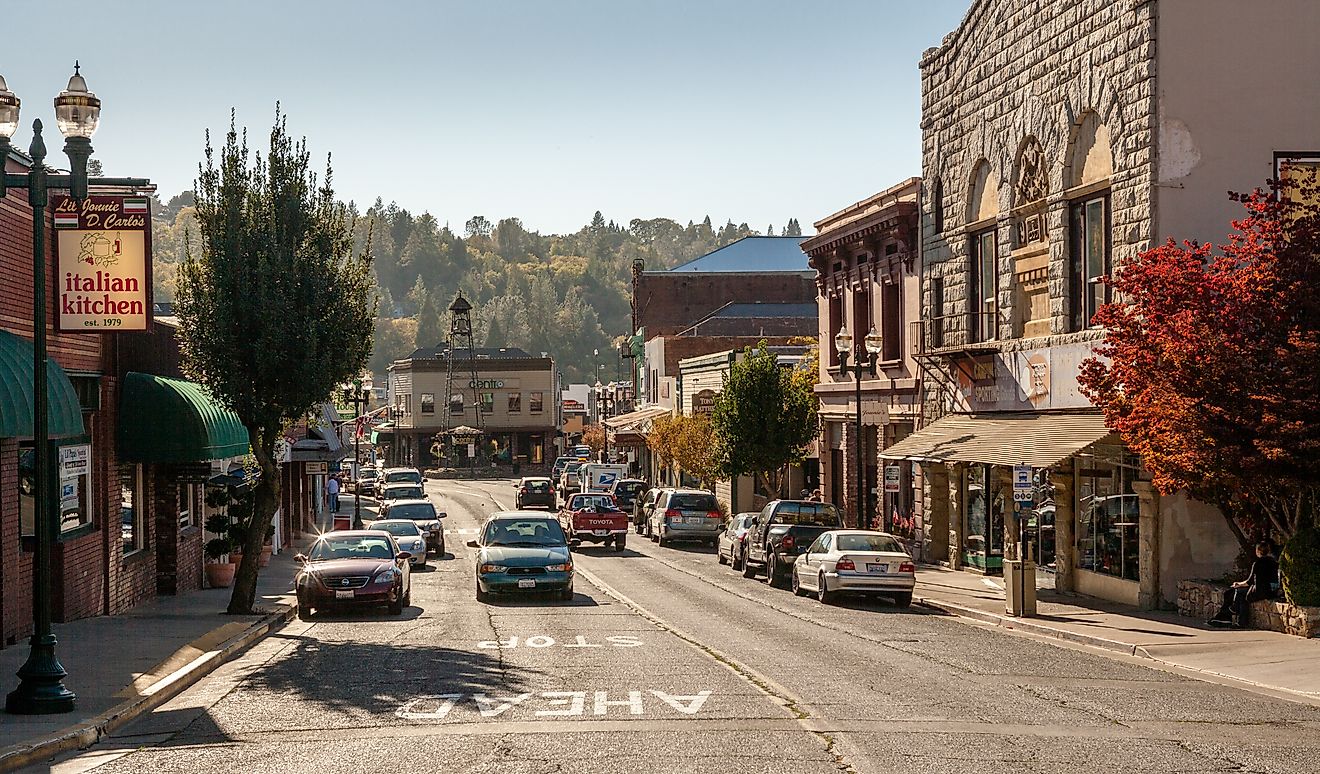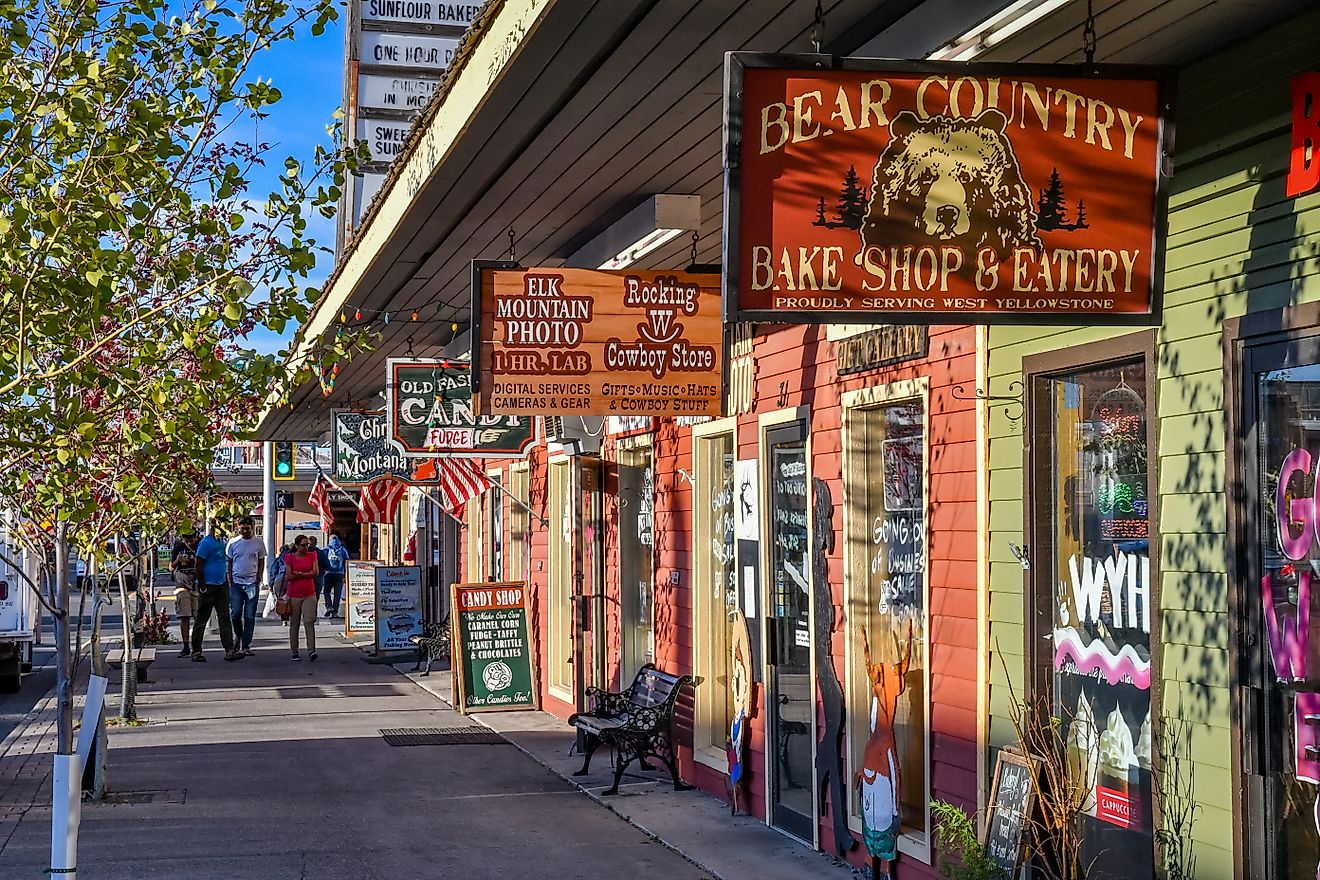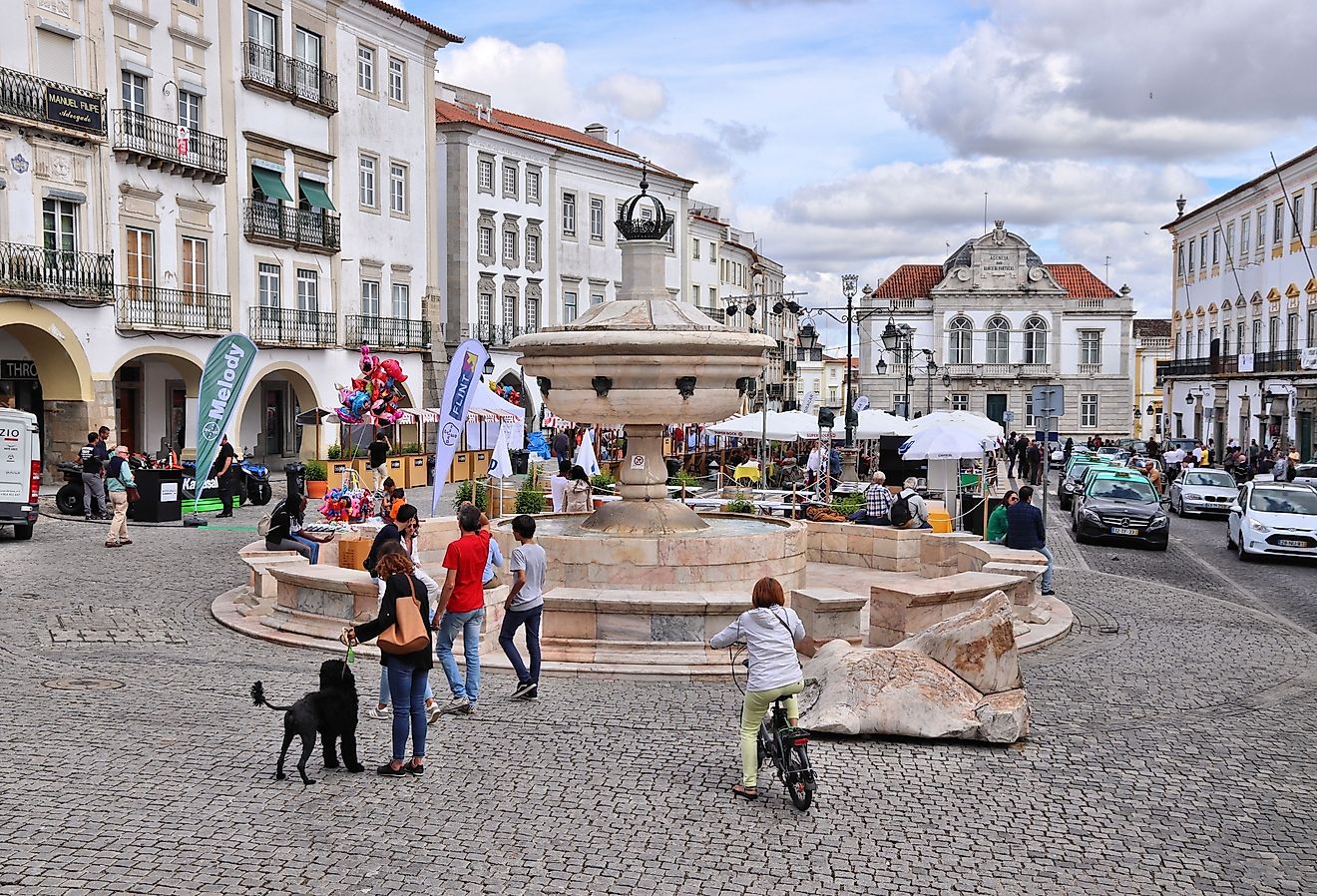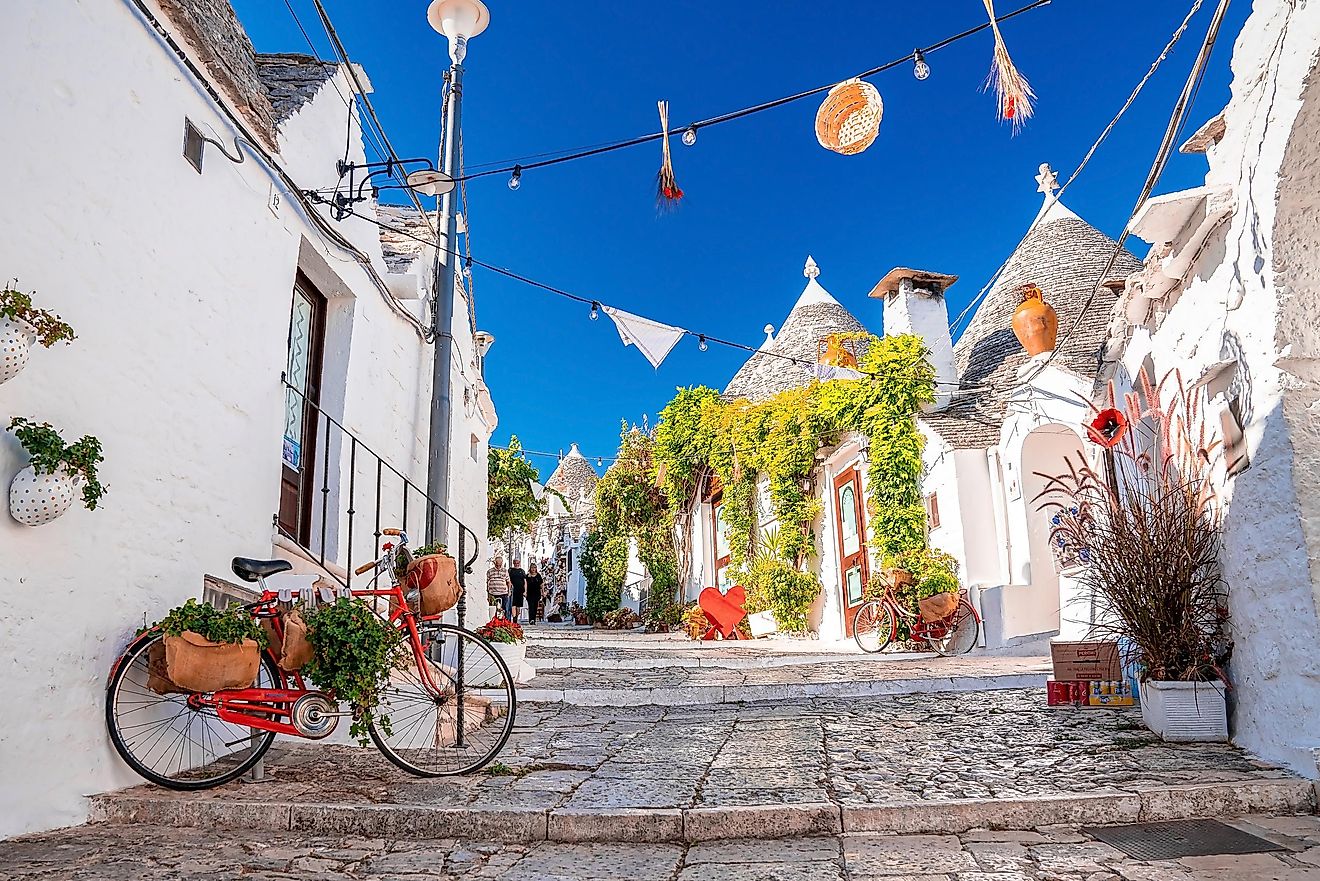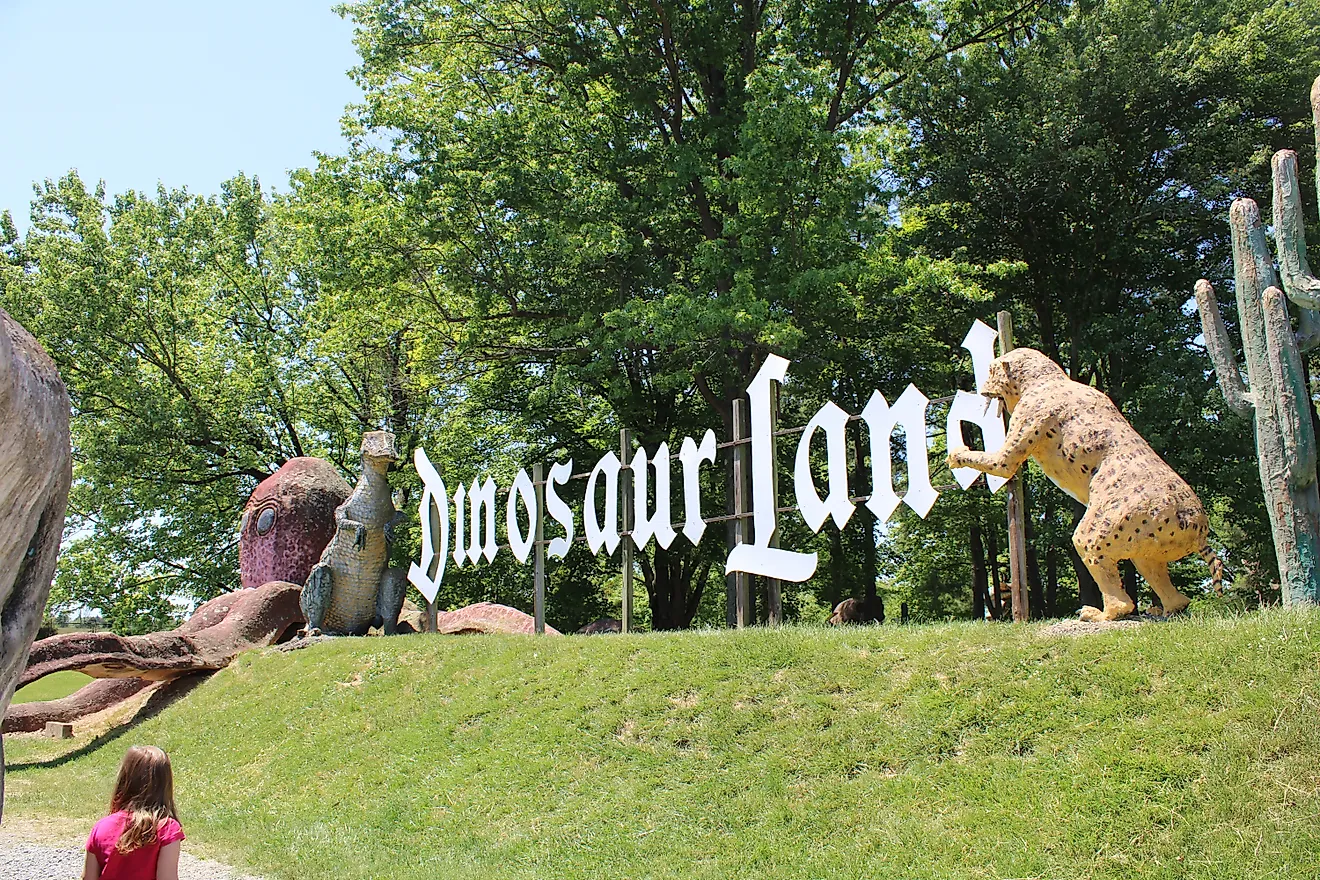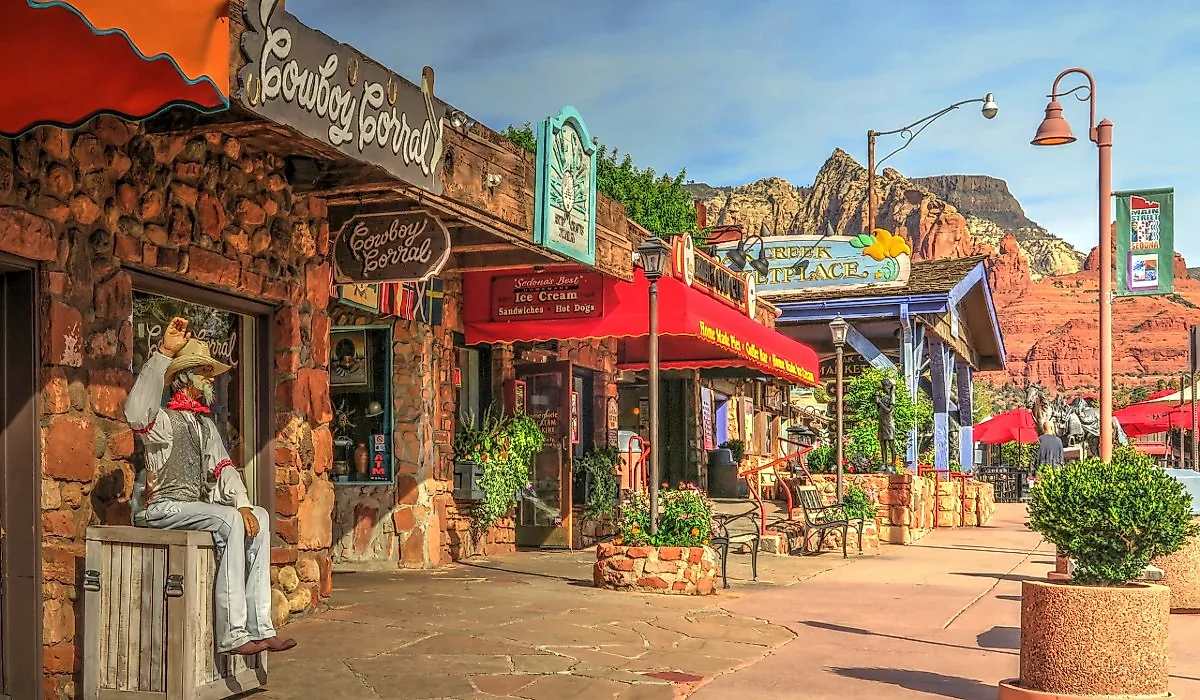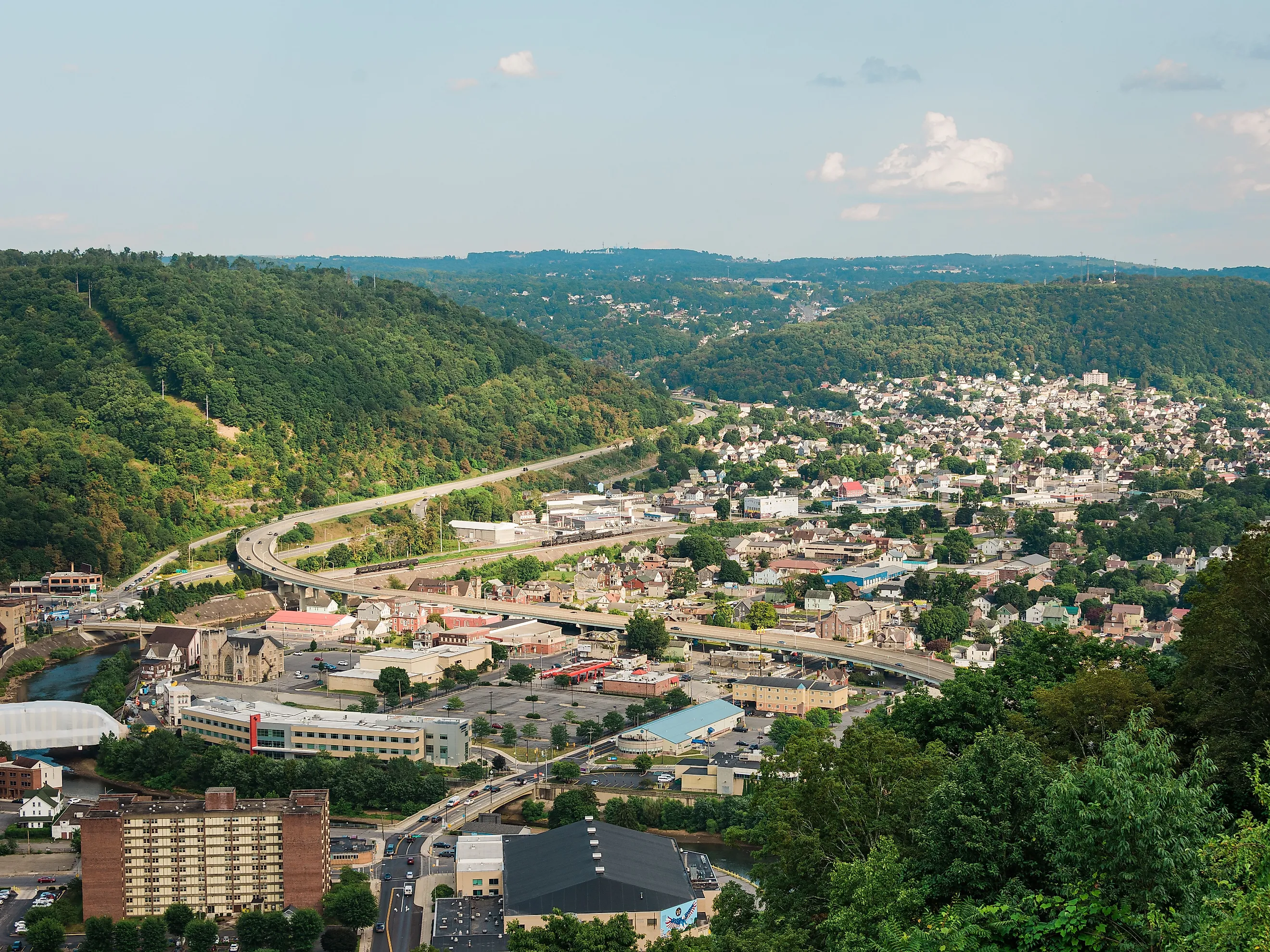
7 Cost-Effective Retirement Towns In Pennsylvania
Pennsylvania’s small towns offer a blend of history, accessible services, and everyday comforts that many retirees value. Historic main streets, college lecture series, community theaters, local festivals, and riverside trails provide residents with diverse options for daytime activity, social connection, and lifelong learning, while farmers' markets and public libraries create reliable gathering places. Strong health care providers, active senior centers, and volunteer organizations support independent living, and lower housing costs can stretch retirement savings, so more time and money are available for hobbies, travel, or home projects. Local arts organizations, community gardens, and walking clubs supply steady ways to meet neighbors and stay active, and easy access to regional parks and scenic drives encourages regular time outdoors.
Many towns also offer opportunities for part-time volunteering, audit classes at nearby colleges, and intergenerational events that connect retirees with younger residents through mentorship, arts programs, and civic initiatives. With dependable local services, a predictable calendar of seasonal events, and options for both quiet routines and social engagement, these communities make it straightforward to build a rewarding life after full-time work.
Altoona

Altoona is a small city that keeps strong ties to Pennsylvania’s railroad past while offering everyday conveniences that retirees will appreciate. The local housing market remains well under the state median, with a median listing price around $148,500, making it an affordable entry point into central Pennsylvania living. The city has roughly 42,000 residents, so it provides a blend of small-city services and neighborly scale. Things to do center on the region’s rail legacy and a handful of green spaces.
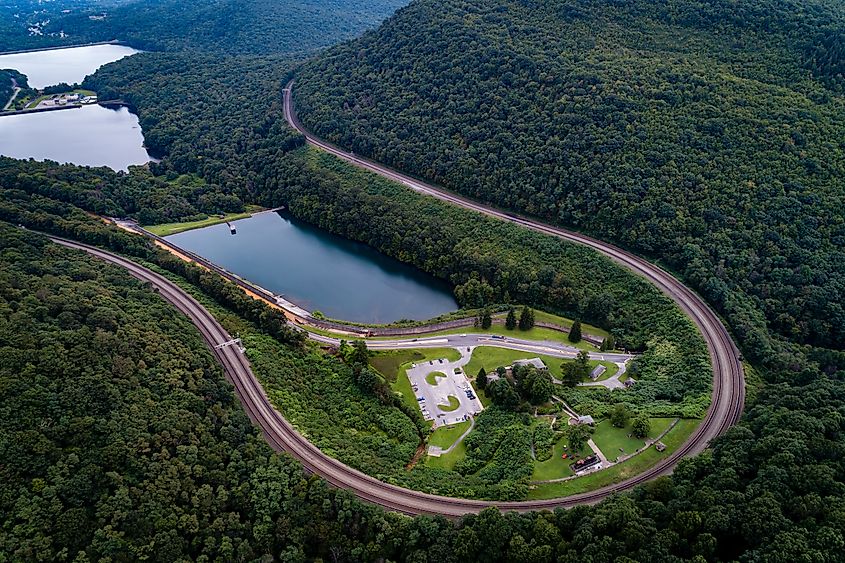
Visitors and locals will enjoy the Horseshoe Curve National Historic Landmark, where viewing overlooks and a funicular offer dramatic train-watching, and the Railroaders Memorial Museum, which interprets Altoona’s shop history. Families and residents also gather at Lakemont Park for seasonal events and light rides, and a short drive brings hiking and reservoir walks. For health care and senior services, Altoona is anchored by UPMC Altoona, a full-service regional hospital with emergency and specialty care close to town, which is a major reassurance for retirees who want quick access to medical care. Local senior programming is supported through Blair Senior Services, which runs community centers, meals, and transportation options for older adults.
Williamsport
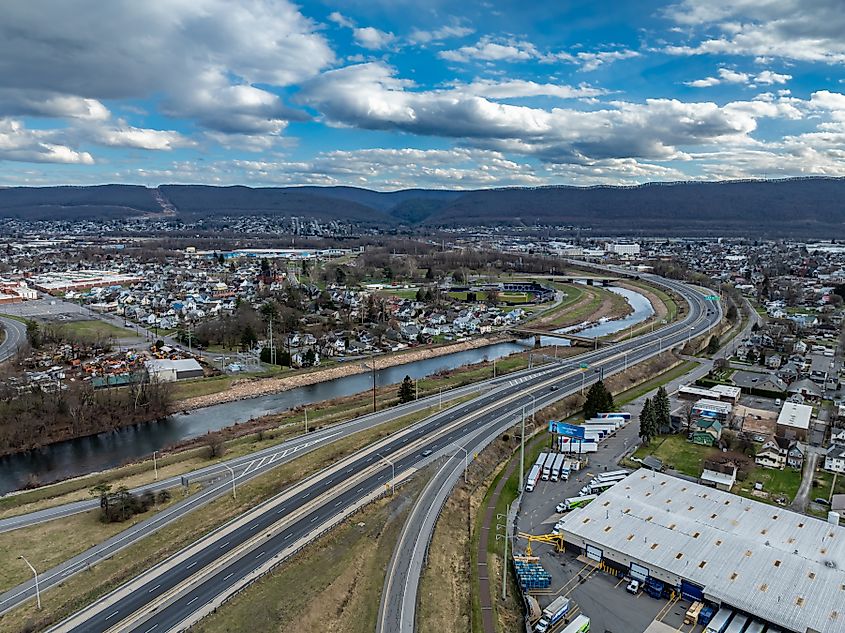
Williamsport offers riverfront recreation, community events, and an affordable housing market that sits well below the state median at $221,900. With about 27,000 residents, Williamsport keeps a friendly, walkable downtown with cultural programming and easy access to state parks and outdoor corridors. A trio of local draws keeps days interesting. The World of Little League Museum and the adjoining Little League International Complex bring a lively calendar and windows into youth baseball history, while retirees will enjoy walking the Susquehanna Riverwalk and Timber Trail for exercise and river views. The city also hosts festivals and a compact arts scene that helps newcomers integrate socially, such as the River Valley Film Festival.
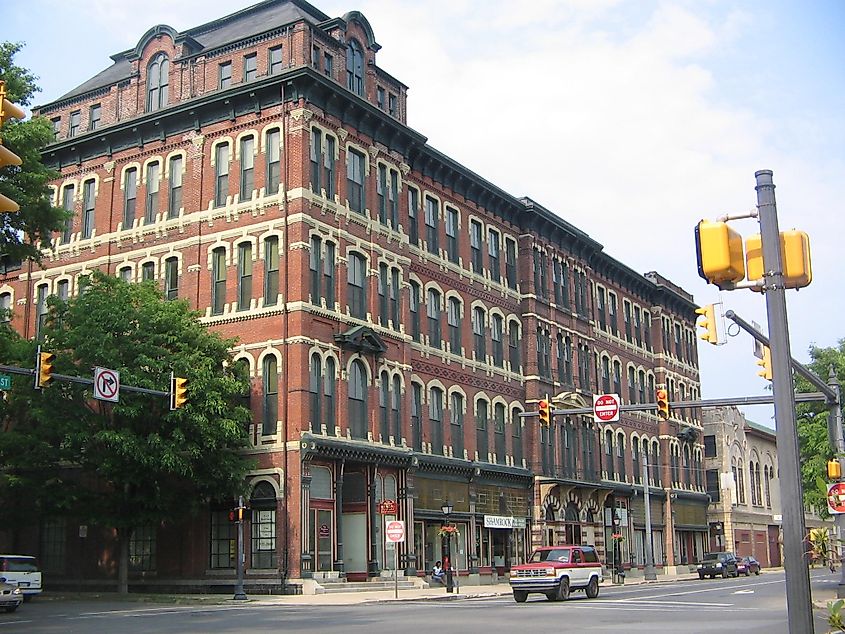
Health care is provided by UPMC Williamsport, a regional hospital with 24-hour emergency services and many outpatient specialties, which is convenient for routine care and urgent needs. For organized senior activities, the STEP Office of Aging operates centers and programs in Williamsport and neighboring communities, giving options for meals, classes, and social events.
Bloomsburg
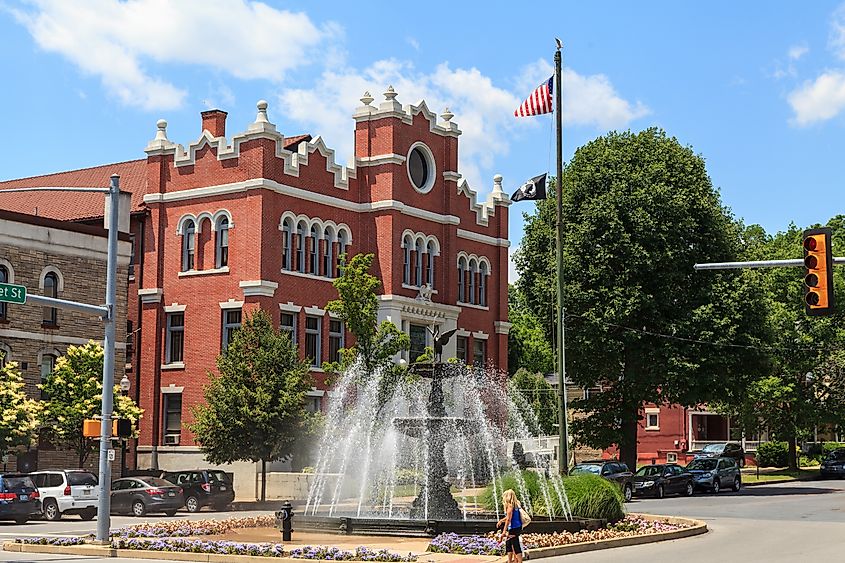
Bloomsburg is a small county seat with college energy from Bloomsburg University of Pennsylvania, a year-round calendar of cultural events, and the well-known Bloomsburg Fair, Pennsylvania’s largest agricultural fair each autumn. The town’s median listing price is around $298,500, which sits a little above the statewide median, and the compact main street makes errands and social life simple. Retirees will find easy things to do within a short walk or drive: catch a concert or lecture at the university, wander the fairgrounds during events, and enjoy riverside paths along the Susquehanna River for walking and birdwatching.
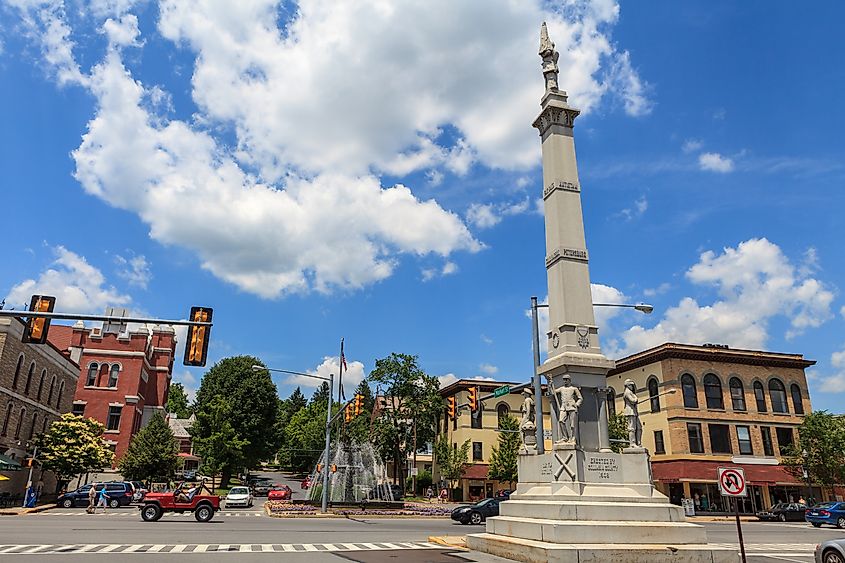
Medical services are close by at Geisinger Bloomsburg Hospital, which handles emergency care and common inpatient needs. For seniors seeking group activities, the Columbia-Montour Aging Office supports local senior centers and transportation, offering meal programs, friendly visiting, and regular classes. That combination of campus culture, festival life, and nearby care helps Bloomsburg perform well for retirees who want active days within a smaller tax and housing footprint.
Meadville
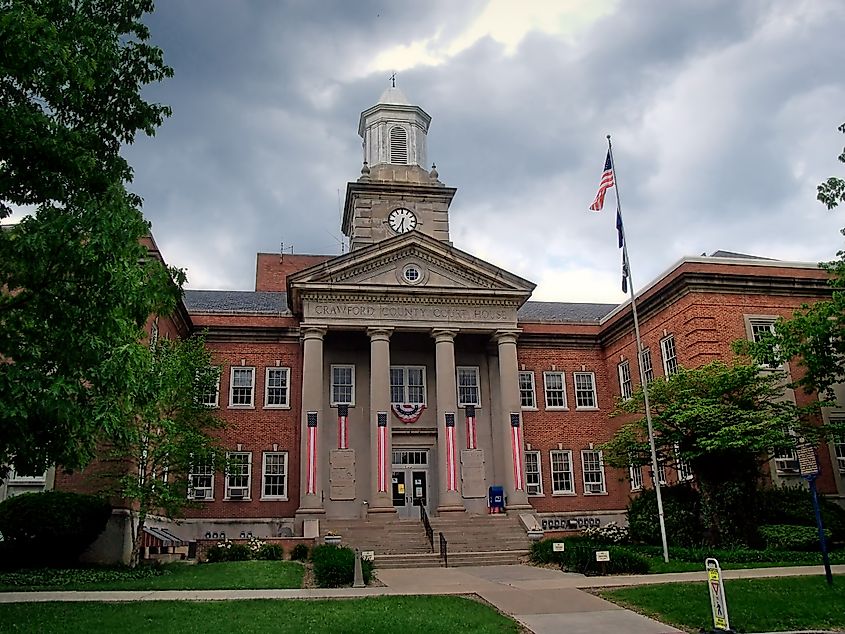
Meadville, in northwest Pennsylvania, pairs an accessible downtown with the academic anchor Allegheny College, which contributes lectures, concerts, and library privileges that retirees can easily enjoy. The median listing price recently sits near $199,900, notably below the state median, so homebuyers can stretch retirement savings further here. The town population is roughly 12,000, giving a small-town scale with essential services nearby. Local life includes shopping at the historic Meadville Market House, hiking or cycling on the Ernst Trail, and boating or picnicking around Woodcock Lake Park for seasonal outings. The Allegheny College calendar keeps public lectures, music, and art exhibitions fairly regular, which many retirees enjoy as low-cost cultural options.
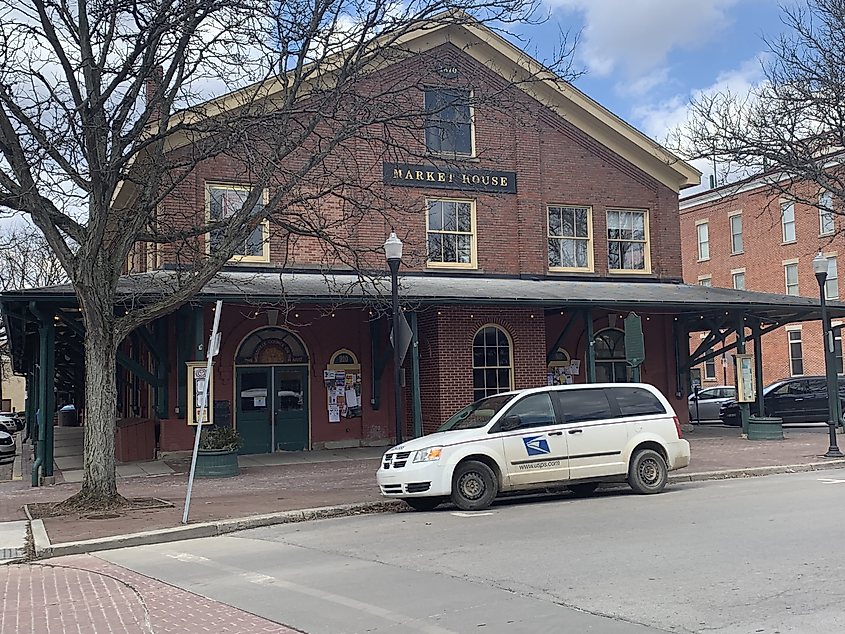
Health care arrives via Meadville Medical Center, an independent community hospital that provides primary and emergency care. Active Aging, Inc. and local community centers maintain senior programming for socializing, exercise classes, and nutrition services—useful resources for anyone wanting to participate in daily activities in Meadville.
Johnstown
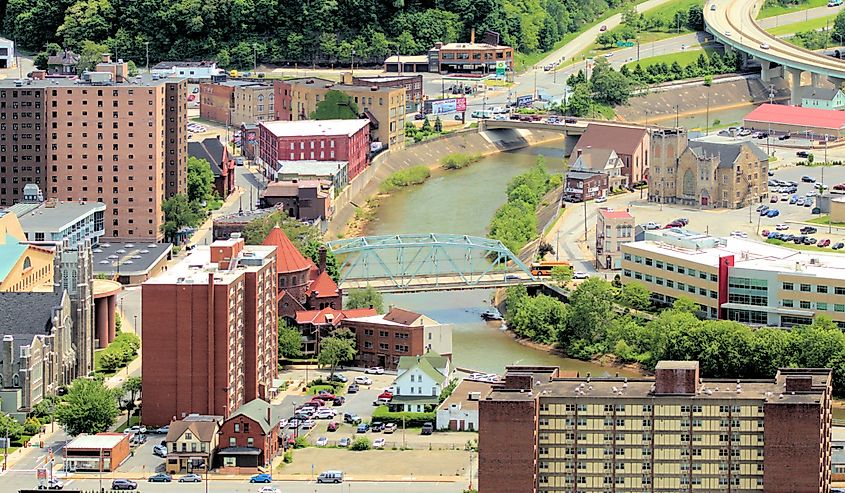
Johnstown has a long history tied to industry, and that story is visible in museums and memorials that continue to draw interest. The housing market in the city area is especially affordable, with median listing home prices in the lower price band (about $80,000), which makes Johnstown one of the most cost-effective options on this list. Visitors and residents tour the Johnstown Inclined Plane for steep-line views, explore the Johnstown Flood National Memorial and the Johnstown Flood Museum to understand the 1889 disaster, and use nearby rivers and trails for walking and nature time. The museum and national memorial interpret events in the past with care and remain active community attractions.
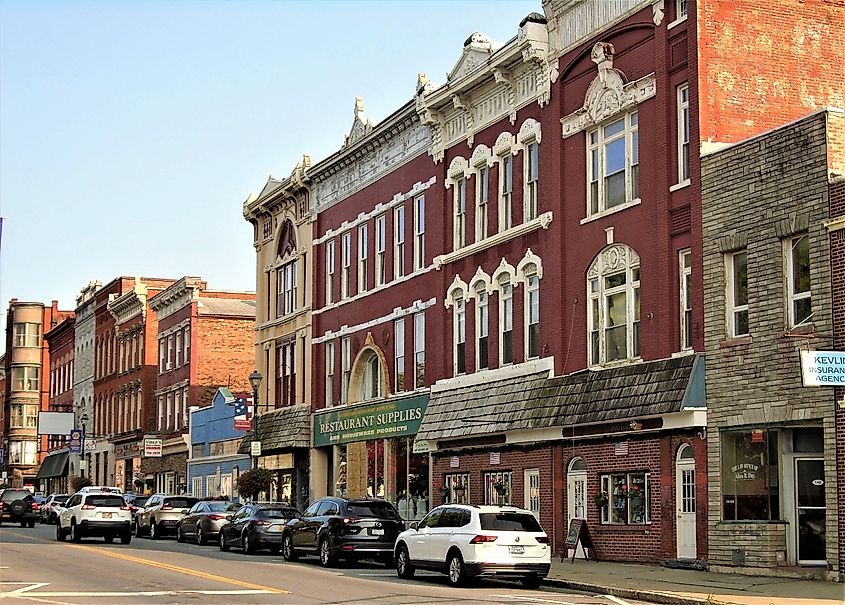
Conemaugh Memorial Medical Center is the regional hospital system hub, providing inpatient, rehabilitation, and specialty services close to town. Multiple senior centers and the Cambria County Area Agency on Aging coordinate services and group programming, so retirees have options for meals, social programs, and aging-in-place support. Johnstown’s low housing costs and established care network can make it a pragmatic choice for budget-conscious retirees who want historic character and nearby medical resources.
Lewistown
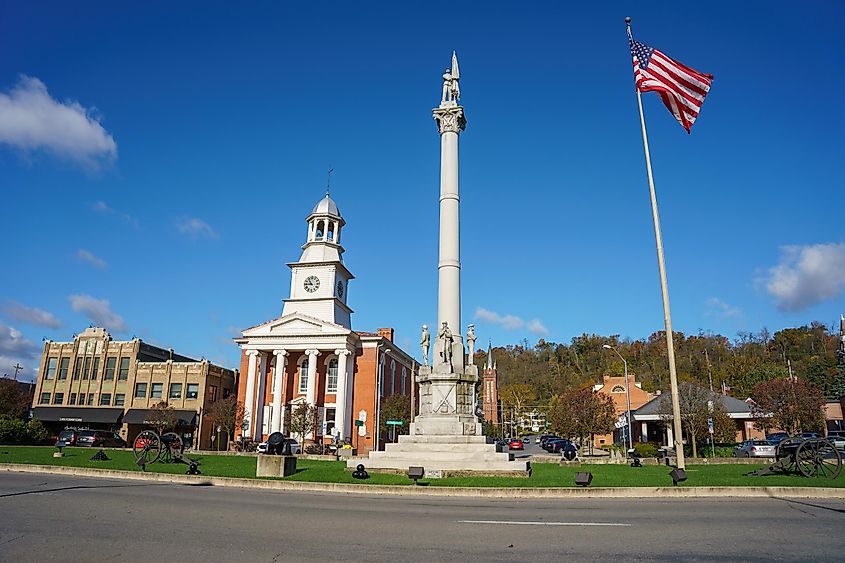
Lewistown lives in the Juniata River valley and offers a compact downtown, access to state parks such as Reeds Gap State Park, and nearby natural areas for fishing, birdwatching, and hiking. The local median listing price is around $167,500, making Lewistown notably affordable relative to the Pennsylvania median, and the borough population is under 9,000, which keeps life easy to navigate. Main attractions for retirees include historic walking tours of Monument Square Center, shows at the historic Embassy Theatre, and quick trips to nearby Raystown Lake for boating and shoreline trails. Locally focused festivals and regular events like the downtown Golden Mile Farmer’s Market provide predictable social calendars for newcomers.
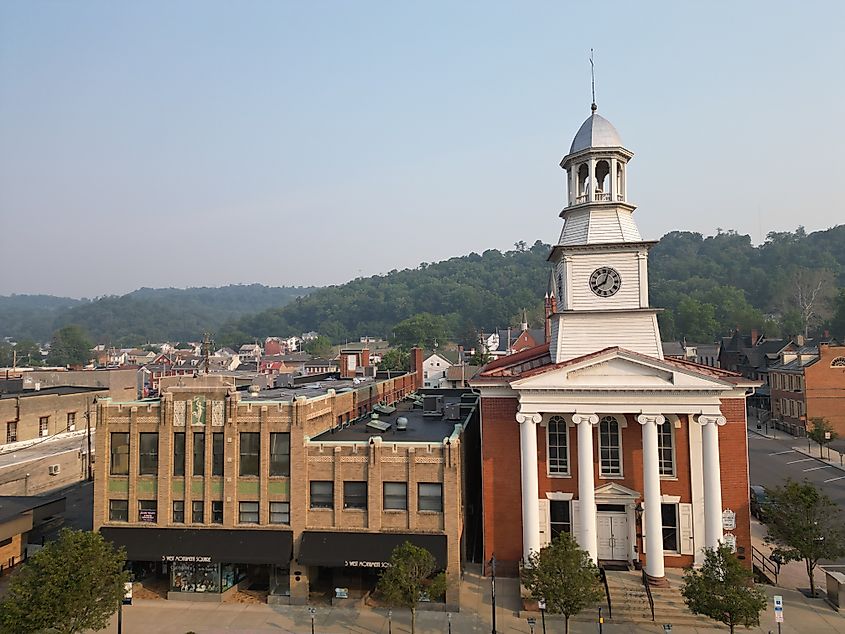
Geisinger Lewistown Hospital provides urgent and routine care within the community, and the Mifflin-Juniata Area Agency on Aging helps coordinate senior services, congregate meals, and transportation for older adults. Those service layers, paired with accessible outdoor recreation, make Lewistown a good fit for retirees who prefer a lower cost of living without giving up nearby health care or outdoor options.
New Castle
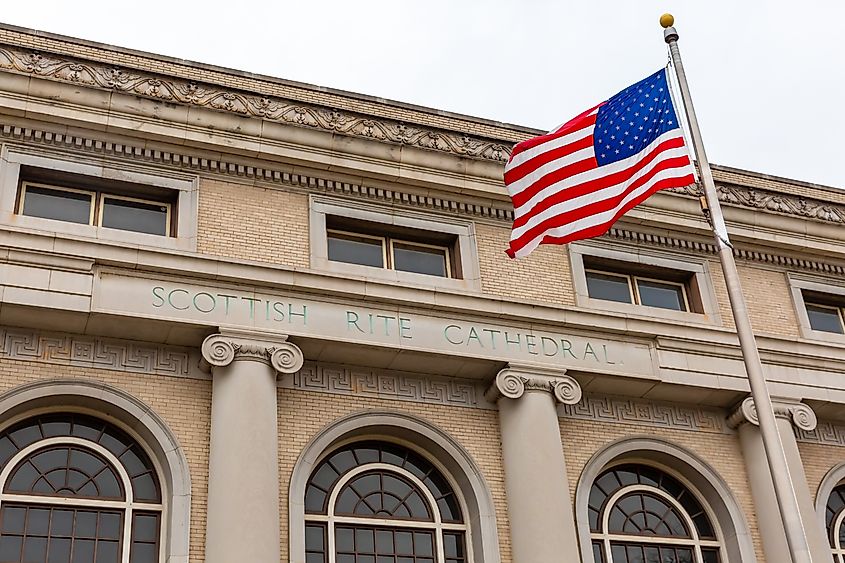
New Castle offers a mix of Victorian-era public spaces and family-ready parks, anchored by Cascade Park and a main street with long-time local businesses. The median listing price sits near $110,000, which is well below the state median and attractive for a retiree shopping on a fixed budget. The city has roughly 21,000 residents, giving it a small-city scale. Leisure options include walking trails and waterfalls at Cascade Park, the New Castle Fireworks Festival—New Castle has a long fireworks-making heritage and an annual July 4 tradition—and local historic sites like the New Castle Court House Museum help form a steady social fabric. Cascade Park’s gardens and event calendar remain community anchors for outdoor enjoyment.
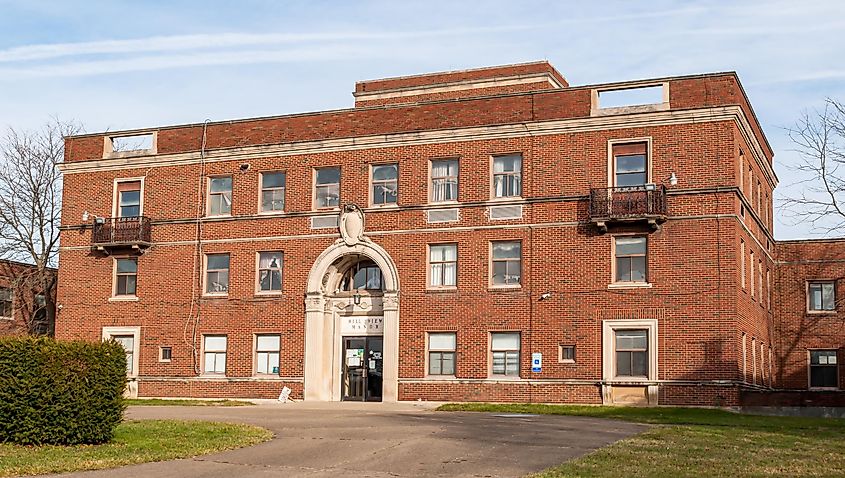
UPMC Jameson in New Castle serves local inpatient needs and offers emergency services, while county aging programs and New Castle Senior Center provide congregate meals, transportation, and classes for older residents. For retirees who prioritize savings on housing and an approachable calendar of community events plus nearby hospital access, New Castle is a practical contender.
Why Pennsylvania Works for Retirement Today
Pennsylvania’s small towns present a mix of lower housing costs, accessible medical centers, and active community organizations that support older residents. The statewide median listing price used in this guide sits near $290,000, so the towns above were selected because their local medians tend to fall below that figure, offering more buying power for retirees. Whether a retiree values college-town programming, riverfront walking paths, railroad history, or ready hospital access, there are affordable towns across the commonwealth that combine local culture with concrete supports for aging in place. Beyond immediate cost and services, many of these communities provide practical transportation options, public libraries, and volunteer networks that ease daily life and encourage social ties, and predictable seasonal calendars create regular opportunities for engagement. Many towns also maintain active senior centers, part-time education opportunities through nearby colleges, and local health providers who collaborate with area aging agencies to deliver in-home and outpatient supports.

